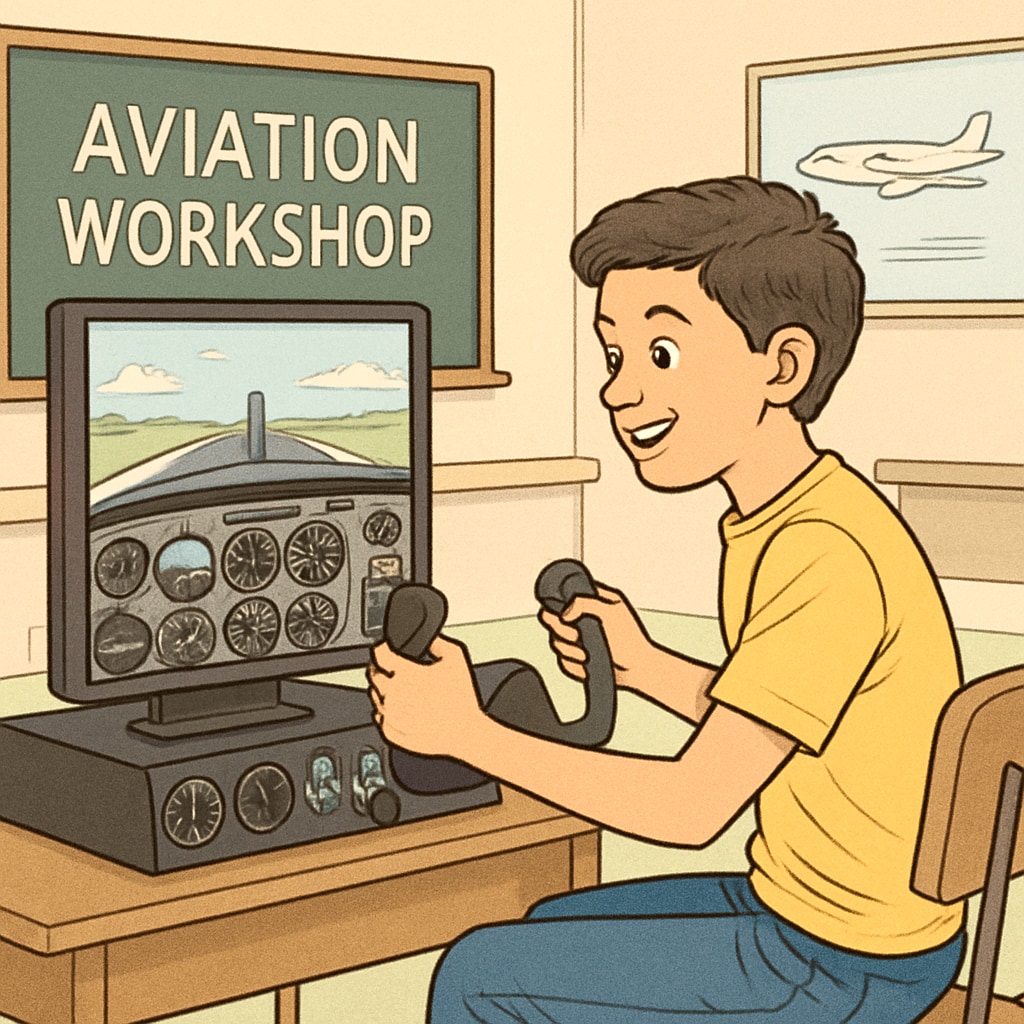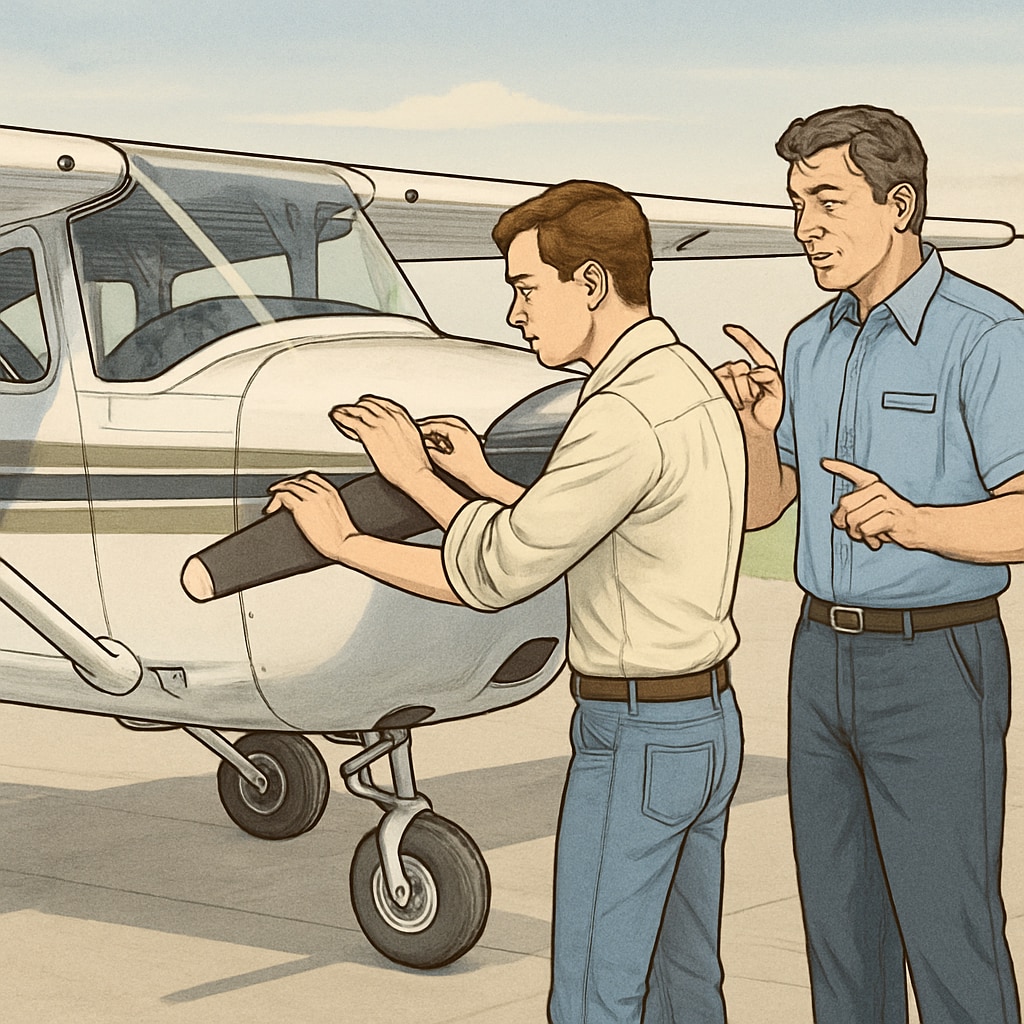For aspiring aviators, obtaining a Commercial Pilot License (CPL) is a critical step toward achieving their dreams. However, the high cost of flight training often poses a significant challenge. This article explores how K12 education can inspire an early interest in aviation, and how families, schools, and communities can work together to provide funding support, which may include structured repayment commitments, for young individuals aiming to soar in their aviation careers.
Nurturing Aviation Aspirations in K12 Education
Fostering an early passion for aviation can be instrumental in guiding students toward a career as a pilot. Schools play a pivotal role by introducing aviation-themed courses or extracurricular programs. For example, incorporating STEM (Science, Technology, Engineering, and Mathematics) activities related to aircraft mechanics, navigation, and aerodynamics can spark curiosity about the field. These programs not only build technical knowledge but also instill confidence in students who may dream of earning a Commercial Pilot License.
Parents and educators can further support these aspirations by encouraging participation in aviation clubs, flight simulation workshops, or career days featuring professional pilots. Additionally, schools can partner with local flight schools to offer introductory flying lessons, providing hands-on experience that solidifies students’ interest in aviation.

Overcoming Financial Barriers: Funding Strategies for CPL Training
The cost of obtaining a CPL can range from $70,000 to $100,000 or more, making financial support a necessity for many aspiring pilots. Several pathways can help make this dream more achievable:
- Scholarships and Grants: Organizations like the Aircraft Owners and Pilots Association (AOPA) and Women in Aviation International offer scholarships specifically for flight training. Students should research and apply for these opportunities early.
- Education Loans with Repayment Commitments: Specialized loan programs for flight training may include flexible repayment options. Some employers, such as airlines, offer loan repayment assistance as part of their recruitment strategies.
- Community Sponsorships: Local businesses or aviation enthusiasts may be willing to sponsor promising students in exchange for a commitment to contribute to the community or work locally after earning their license.
- Work-Study Programs: Some flight schools allow students to work part-time in administrative or technical roles, offsetting training costs while gaining industry experience.
Combining these strategies can significantly alleviate the financial burden and help young pilots focus on their training.

Building a Supportive Ecosystem for Aviation Dreams
Creating a supportive environment involves collaboration among schools, families, and the aviation industry. Schools can host informational seminars for parents, outlining the career opportunities and financial commitments associated with pilot training. Families can encourage students to set realistic goals and explore creative funding options such as crowdfunding campaigns.
Furthermore, the aviation industry can play a proactive role by introducing mentorship programs, offering internships, and creating partnerships with educational institutions. Initiatives like these ensure that aspiring pilots have access to both financial resources and professional guidance.
As a result, students are better equipped to navigate the challenges of flight training and achieve their dream of earning a Commercial Pilot License.
Repayment Commitments: A Win-Win Solution
One innovative approach to funding is the concept of repayment commitments. Under this model, students receive financial support with the agreement to repay it after securing employment, either through fixed installments or a percentage of their income over time. This arrangement benefits both parties: aspiring pilots gain access to training resources, and sponsors see a return on their investment. For example, some regional airlines offer tuition reimbursement in exchange for a commitment to work for the company for a specified period.
This model has proven successful in other professional training fields and has the potential to be a game-changer for flight training as well.
In conclusion, achieving a Commercial Pilot License requires not only determination but also a well-rounded support system. By fostering early interest in aviation, leveraging diverse funding sources, and embracing creative solutions like repayment commitments, we can help the next generation of aviators take flight.
Readability guidance: Short paragraphs and clear headings enhance readability. Lists are used to summarize key points, and transitional phrases ensure smooth flow. Active voice is prioritized throughout the article.


